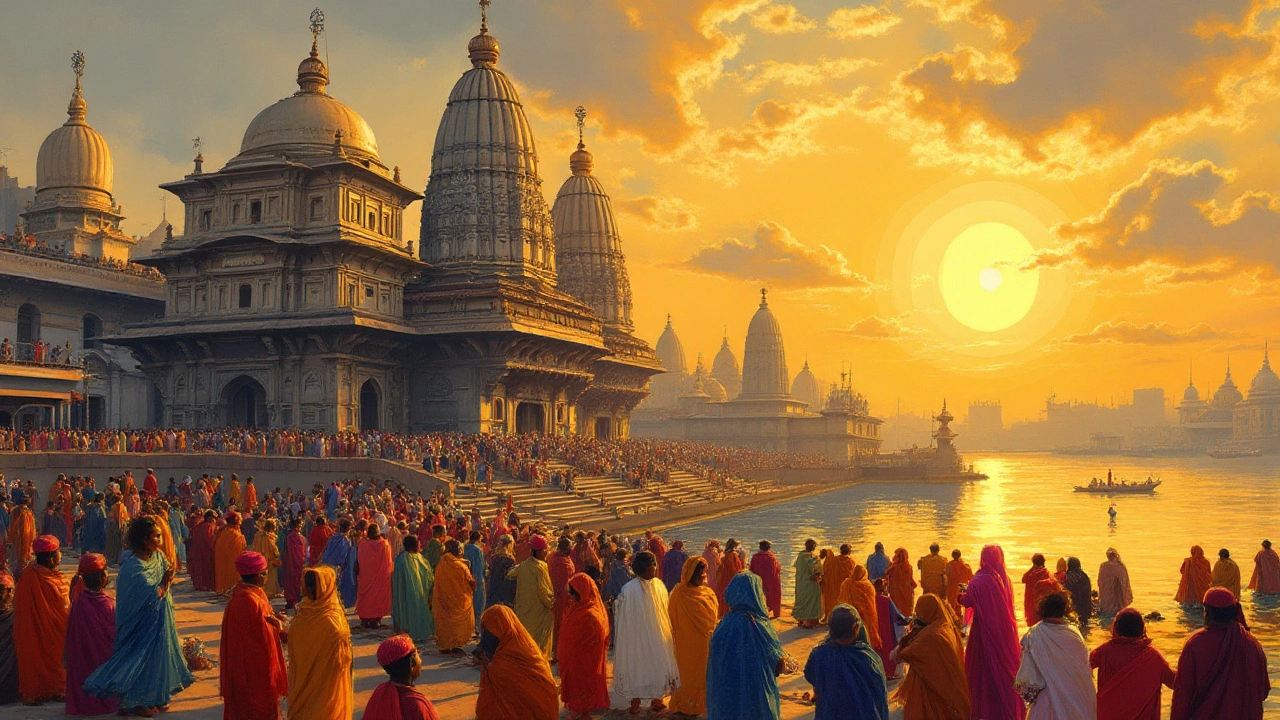Spiritual Pilgrimage in India: Sacred Journeys and Sacred Sites
When you think of a spiritual pilgrimage, a purposeful journey to a sacred place driven by faith, devotion, or inner seeking. Also known as tirtha yatra, it’s not just travel—it’s a transformation. In India, this isn’t a tradition from centuries ago. It’s alive today, in the chants of pilgrims climbing to Kedarnath, the quiet bowing at the Ganges in Varanasi, and the thousands walking barefoot to Shirdi or Sabarimala. This isn’t about sightseeing. It’s about showing up—with your heart, your rules, and your respect.
India’s UNESCO World Heritage Sites, places recognized globally for their cultural or natural significance aren’t just tourist stops. Many are living centers of worship. The Taj Mahal? A monument of love, yes—but also a site where Muslims pray in its shadow. The ancient stepwells of Gujarat? Built for water, but used for ritual bathing for over a thousand years. Even the sacred forests protected as heritage sites aren’t just trees—they’re home to deities, spirits, and the quiet power of nature worship. These places don’t need a guidebook to be holy. They just need you to show up the right way.
And that’s where Indian temples, places of worship that follow deep-rooted rituals, dress codes, and spiritual protocols come in. You can’t just walk in. You need to know what to wear, when to remove your shoes, how to offer prasad, and why some areas are off-limits. These aren’t rules to keep you out—they’re gates to keep the sacred space intact. Visit without knowing this, and you miss the point. Visit with understanding, and you might feel something you didn’t expect.
Some pilgrimages are short—a day trip to a local shrine. Others take weeks. The Char Dham Yatra, the Amarnath Yatra, the Kumbh Mela—these aren’t events you book. They’re forces you join. You’ll see people walking hundreds of kilometers, carrying offerings on their heads, singing hymns in the rain, sleeping on temple floors. They’re not crazy. They’re connected. And that connection? It’s why these journeys still matter in a world of apps and airplanes.
What you’ll find in the posts below isn’t a list of top 10 temples. It’s the real stuff: how to enter a temple without offending, why Nagpur is called the Heart of India (and how that ties into spiritual geography), what you need to know before visiting a temple in 2025, and how India’s heritage sites aren’t just history—they’re still breathing, still calling people home.
